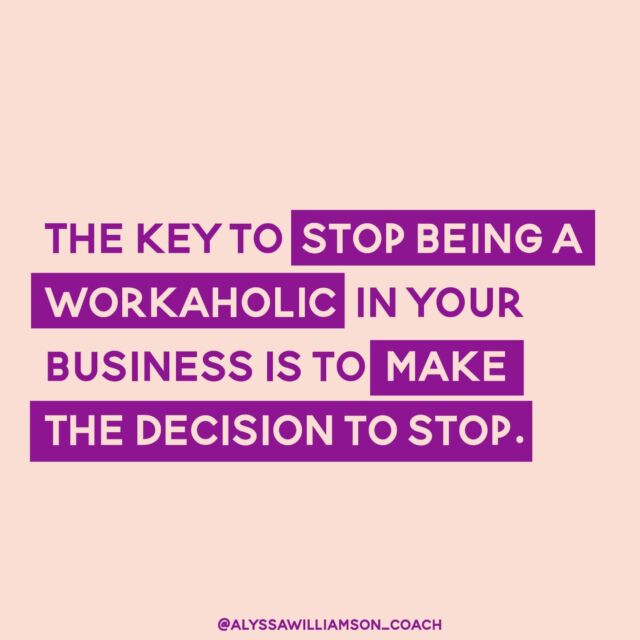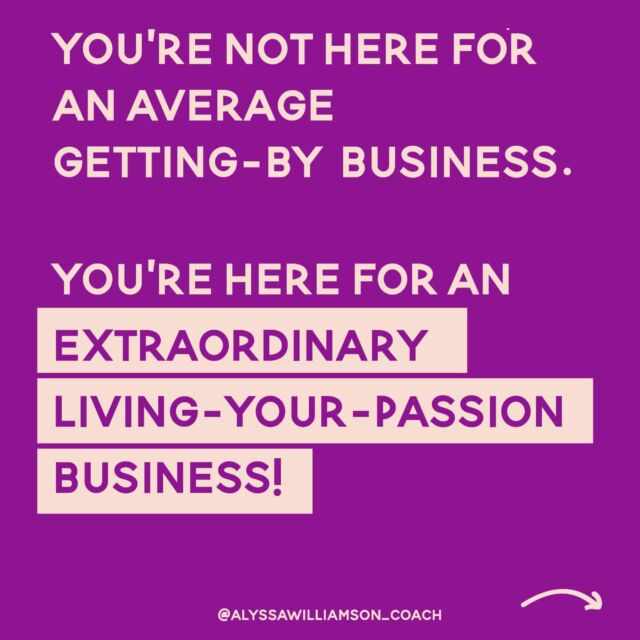Ready to expand your business and gain clients? At Designflair, we are big advocates of the direct response marketing strategy. Read our previous blog for an overview of the direct response strategy. It’s an effective way to make your business known, engage people and get clients.
The direct response strategy refers to any marketing technique that is crafted to evoke a response from the audience. It requires the business to make an offer and encourages people to reply. It’s usually measurable and targets a niche group. Direct response can be done through print materials, online advertising and campaigns, social marketing and over the phone. Most importantly, any great direct response tactic includes a call-to-action where you invite the viewer to respond – immediately.
A call-to-action completes your marketing strategy and can be accomplished in a variety of ways. However you go about it, there are some things to keep in mind. We’ve compiled some tips from our marketing and branding experience to share with you. Here are some things to consider when designing your next call to action.
Make Your Call-to-Action Obvious
- Visibility is one of the most crucial factors for a call-to-action. As we’ve mentioned before, marketing, branding and design are inseparable – they coexist and support one another. This is where design elements come in to make your call-to-action really work. To engage the viewer, be sure your call-to-action is readable and grabs attention. This may mean that it’s designed in a larger font or done in brighter colors. The call-to-action needs to be the focal point of your marketing piece.
Make Sure Your Call-to-Action Works
- This one is common sense, but we all make mistakes. When creating a call to action, take the time to double check that it works and is efficient. Printing fliers for your company? Have a few people proofread and edit your contact information. If your call-to-action is online, ensure your links are effective. It’s also a good idea to have your links open in a new page. This allows your customers to keep their place on your site or blog and open any links on a new browser page. A/B testing is a wonderful way to test out one call to action over another.
Accessible Follow Up
- Provide various options for people to contact your business. Whether it’s your business card or website, provide all the contact information that the space allows. Some may only be able to reach you via telephone or email. Including an array of follow up ways will improve your response rate.
Be Confident
- Don’t pose your call-to-action as a maybe. We’ve all seen this half-hearted offers such as, “May we send you a free copy of our newsletter?” Wording such as this makes it sound like your customers are doing you a favor. Be confident in your call-to-action and make a captivating pitch. A better way to say this is, “Click here now to receive our monthly newsletter! Free for this week only.” Another way to convey confidence is by including testimonials alongside your call-to-action. Factual evidence about your business will encourage your audience to reach out to you.
photo from Evernote.com
The call to “sign up now” on Evernote’s website is a perfect example. It’s an effective call-to-action because it’s clear, succinct and grabs attention. The green button matches their brand identity and pulls the viewer in. The space around the call-to-action is important so that it doesn’t compete with the photograph. The viewer knows what step to take next.
Including a call-to-action in your marketing materials will capture attention and make it effective. When marketing your business, don’t merely give people information but also tell them what to do next.
Designing creative marketing strategies is one of our passions. Fill out our contact form today to discuss creating a call-to-action tailored for your business!



 , Work Less, Profit More...Create a Life You're Freakin Obsessed With
, Work Less, Profit More...Create a Life You're Freakin Obsessed With 






